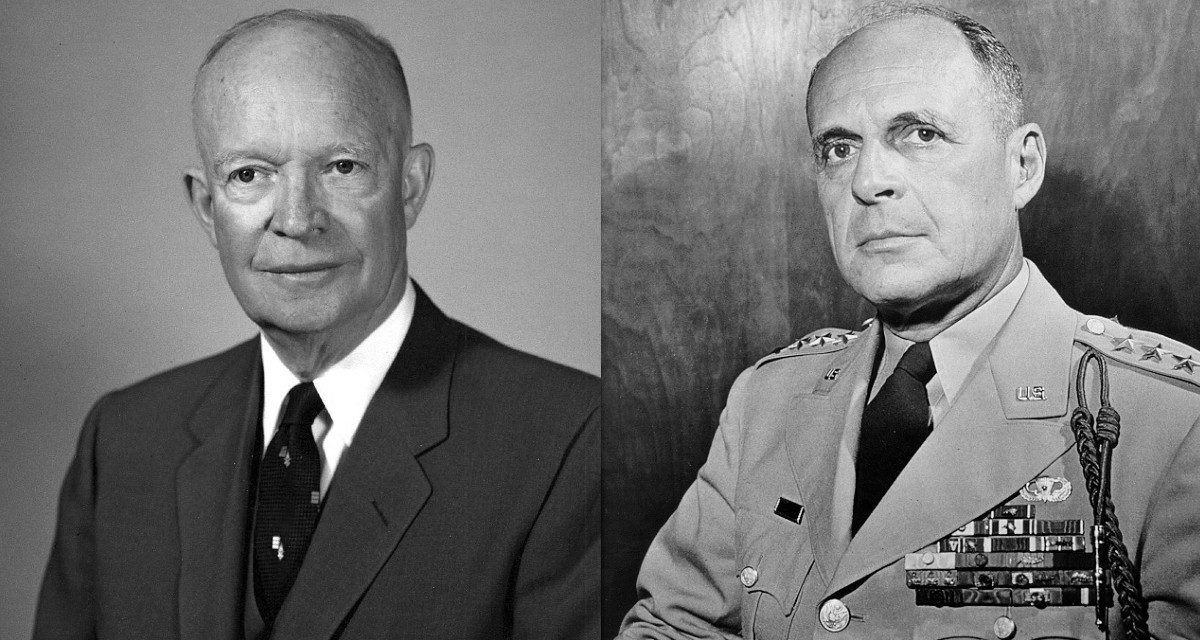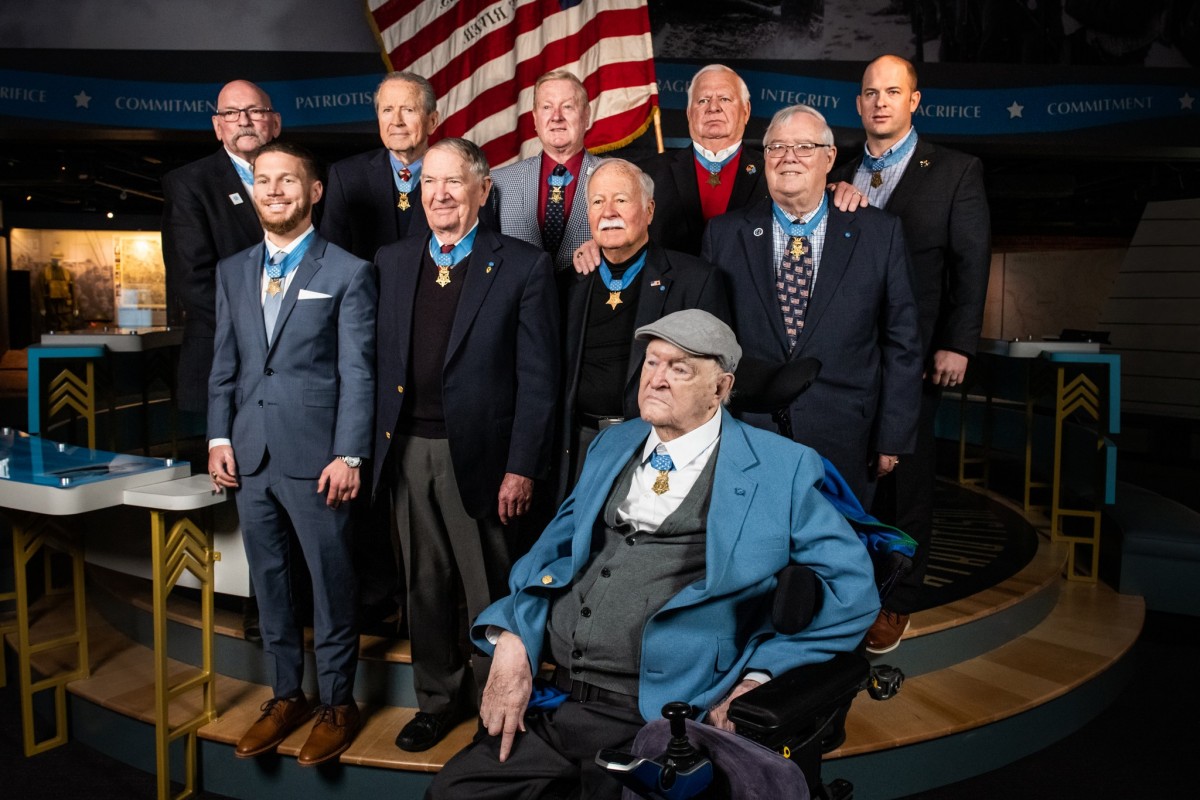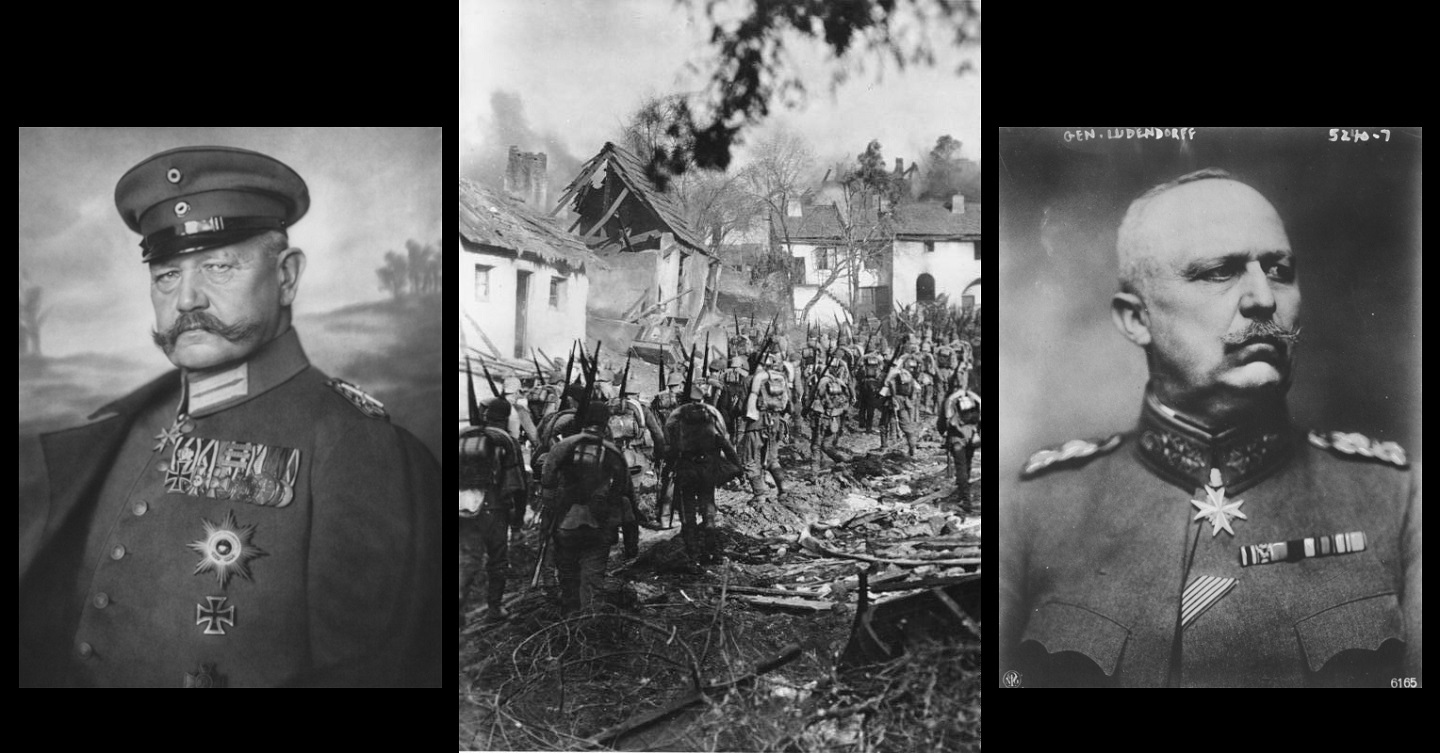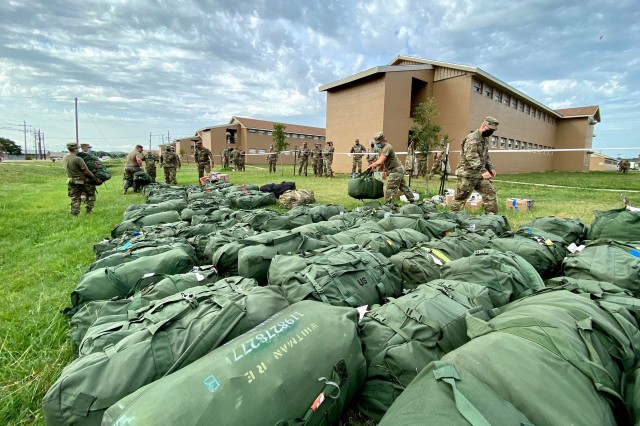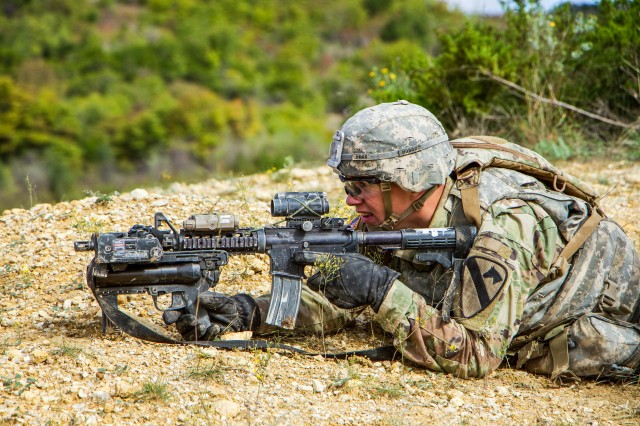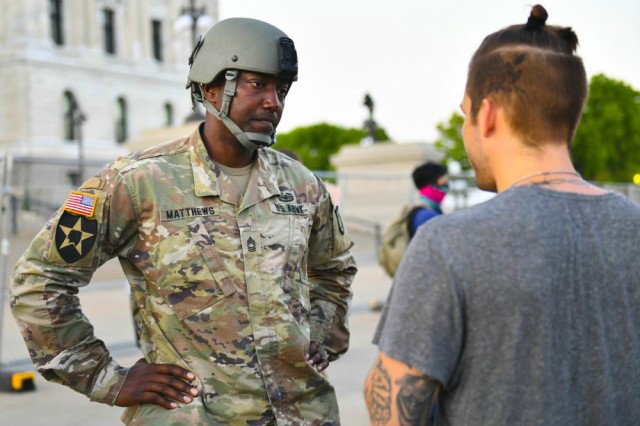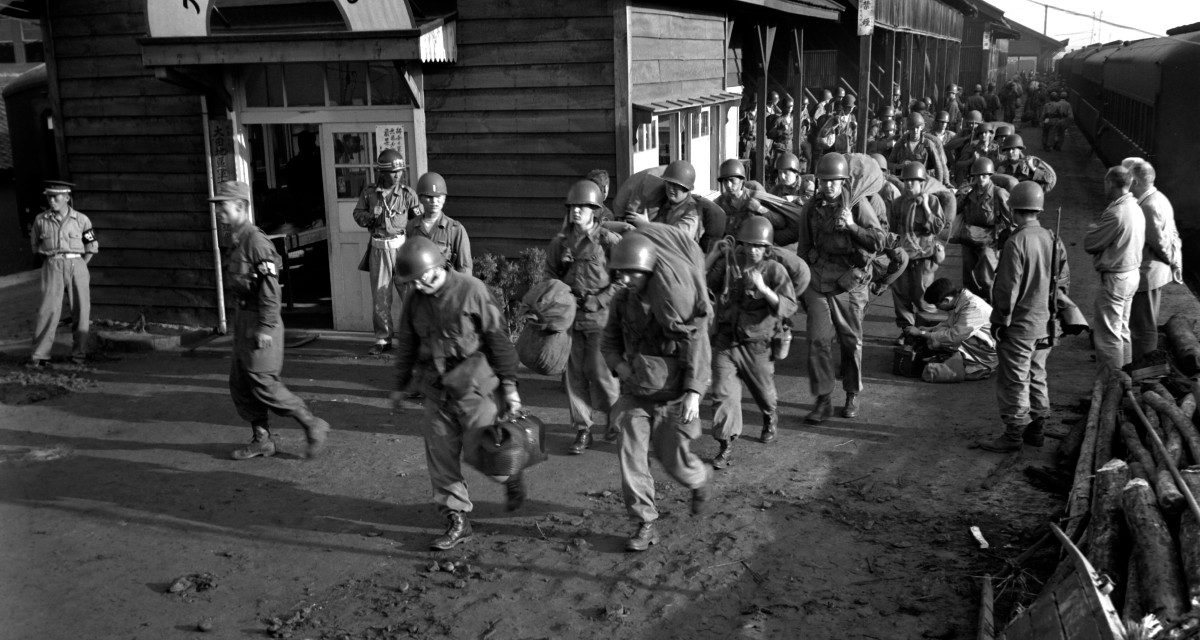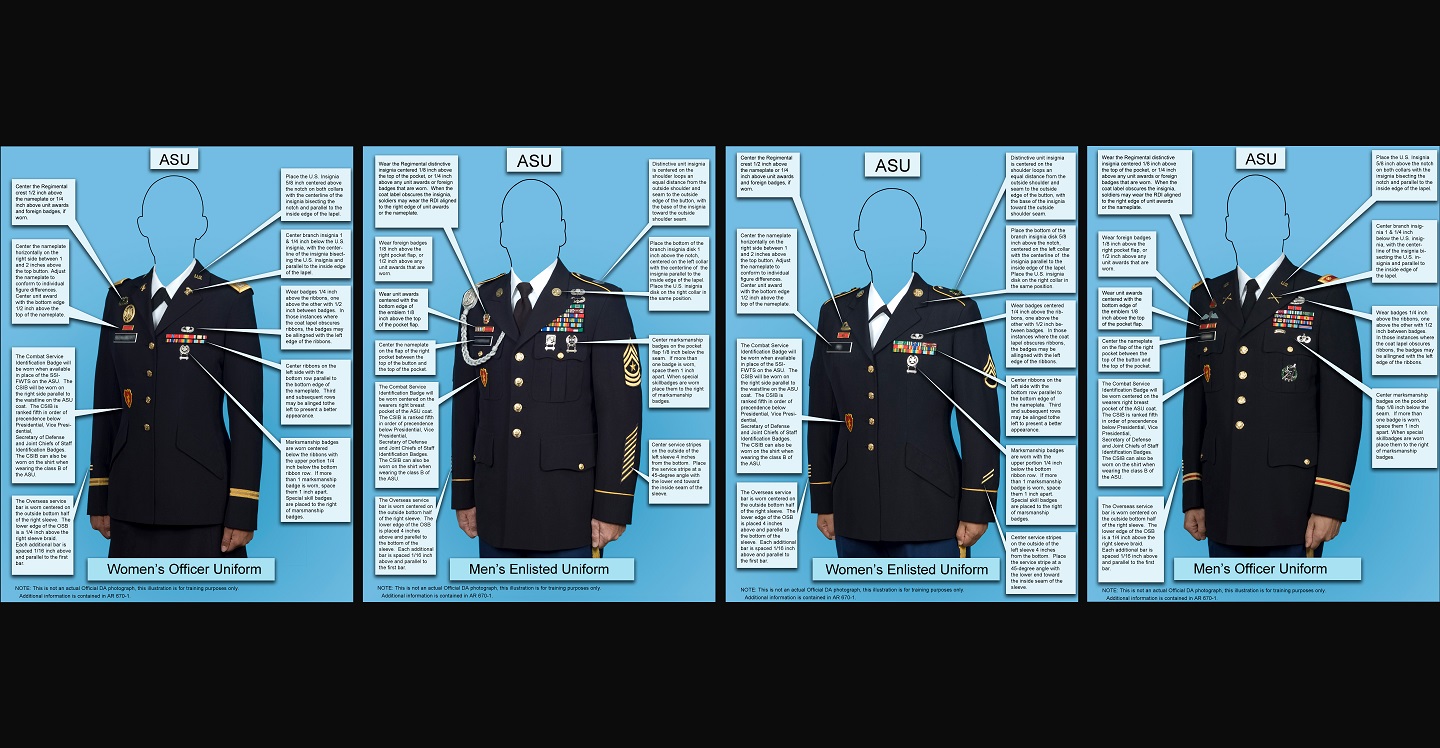David’s Freedom’s price – the Purple Heart
[Source: “The Purple Heart”, Army News, Web Aug 6, 2020]
FORT LEONARD WOOD, Mo. — George Washington is revered as the founder of our country, the first U.S. president and the first commander of the nation’s armed forces. Although he earned many notable successes on the battlefield from the time he accepted his role as Commander in Chief of the Continental Army from 1775 to 1783, one of Washington’s greatest achievements was his ability to keep the Army together as a fighting force. He achieved this through multiple hardships and sometimes horrific conditions imposed by weather, disease, supply shortages and a lack of money to pay his troops.
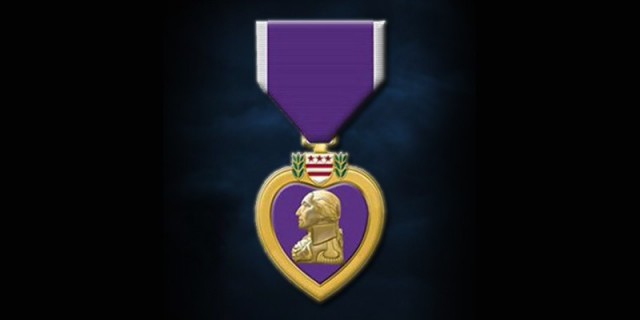
As recounted in the article “10 Facts about Washington and the Revolutionary War” on mountvernon.org, this ongoing lack of support from the Continental Congress was especially severe in the months following what is arguably one of Washington’s greatest victories with the surrender of the British at Yorktown in late 1781.
Lack of pay led to low morale, which got so bad that the occasional disgruntled grumblings among some in the Army turned into open talk of a rebellion.
But another key to Washington’s success was his ability to say “thank you” to those who deserved it. So, on Aug. 7, 1782, he created the Badge of Military Merit, a small, heart-shaped patch made of purple cloth to reward enlisted Soldiers for “instances of unusual gallantry” as well as “extraordinary fidelity and essential service.”
Those first purple hearts went to just a handful of Soldiers and, shortly after the revolution ended, were discontinued and forgotten — until well after World War I, when another military leader, Army Chief of Staff Gen. Charles Summerall, proposed in 1927 that Congress revive the “Badge of Military Merit.” According to the U.S. Department of Veterans Affairs publication “Celebrating America’s Freedoms,” Summerall’s successor, Gen. Douglas MacArthur, pushed the idea forward to make the award the medal we know today. On Feb. 22, 1932, in observance of George Washington’s 200th birthday, the U.S. War Department reintroduced the Purple Heart, an award for military merit which could be awarded retroactively to veterans of World War I — including those authorized to wear “wound chevrons.”
Soon, Army regulations made the award synonymous with recognizing Army personnel who had been wounded in action, and a subsequent executive order by President Franklin Roosevelt at the outset of America’s involvement in World War II expanded the Purple Heart from an Army award to encompass all military services.
Since that time, subsequent executive orders by succeeding administrations have changed eligibility rules from time to time, but the essence of the award has remained unchanged. It’s estimated that up to 1.8 million purple hearts have been awarded since its creation, with some service members earning multiple awards, some retroactively — and some posthumously.
Aug. 7 is National Purple Heart Day. Created in 2014, it’s a time when all Americans are urged to recognize, remember and honor the nation’s service members and veterans who have been wounded or paid the ultimate price in defense of our liberties.
Like those few who received Gen. Washington’s small, heart-shaped badge 238 years ago, the many service members and veterans who wear the Purple Heart today — and their families — deserve a “thank you” from each of us whose freedoms they have sacrificed to defend. They, above all, know freedom’s price.
New Original Article






